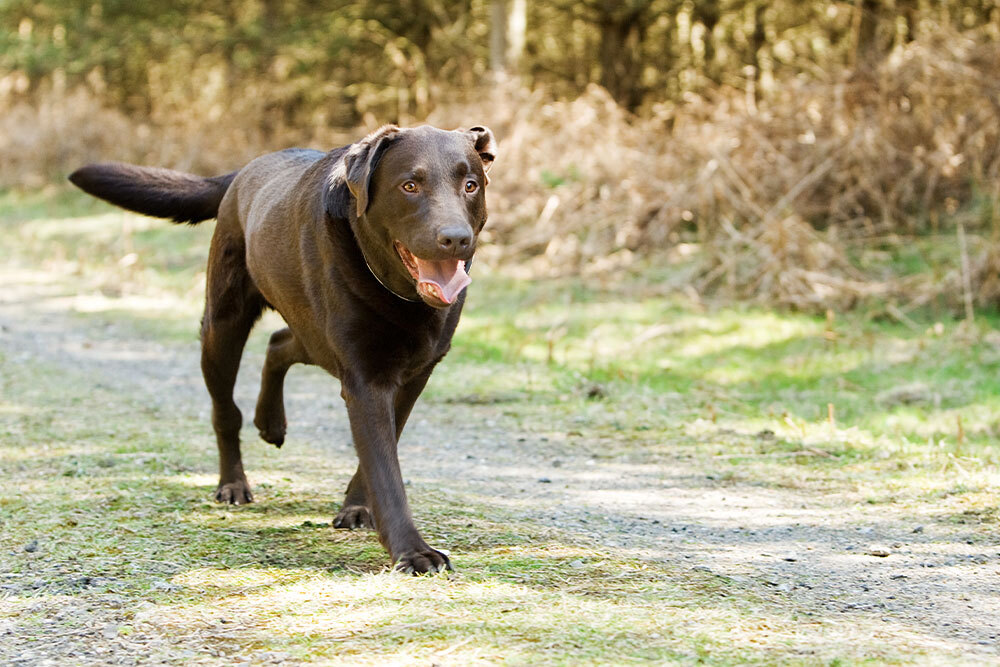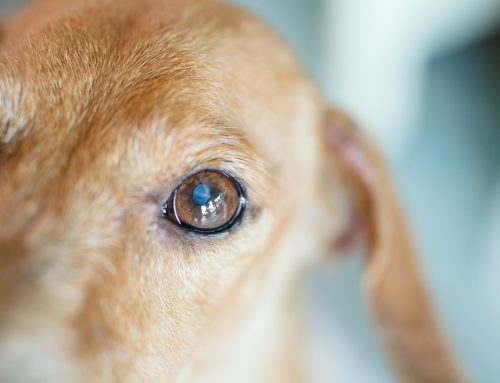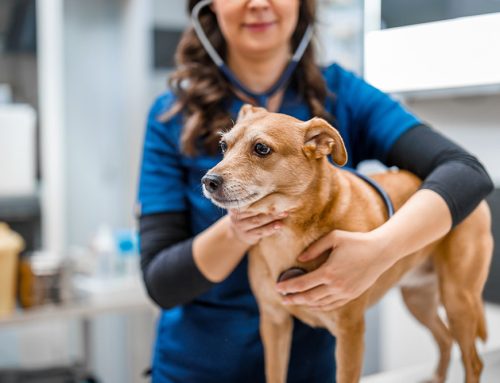Limping in pets is more than just an occasional inconvenience—it’s often a sign that something deeper is going on. Whether your dog or cat is limping after a long walk or suddenly refusing to put weight on a paw, it can be stressful and emotional as a pet owner to witness.
At Southern Crossing Animal Hospital, we understand that when your pet hurts, you hurt too. That’s why we take every limp seriously and approach each case with compassion, urgency, and the advanced diagnostics needed to uncover the root cause.
In this guide, we’ll walk you through the most common causes of limping in pets, how we diagnose these issues, and the treatment options that can get your companion back on their feet.
What Is Limping in Pets?
Limping, also known as lameness, refers to any change in your pet’s normal gait or ability to walk. It can range from a slight irregularity to a complete inability to bear weight on one or more limbs. Limping may come on suddenly (acute) or gradually worsen over time (chronic), and is typically a sign of pain, injury, or discomfort.
Common Accompanying Symptoms:
- Hesitation to walk, run, or jump
- Whimpering or vocalizing when moving
- Holding a leg up or dragging a paw
- Licking or chewing at a limb
- Noticeable swelling, heat, or redness
If your pet is suddenly limping, it’s important not to ignore it. Prompt veterinary attention can prevent further injury, reduce pain, and improve long-term outcomes.
Causes of Limping in Dogs and Cats
Understanding the cause of your pet’s limp starts with knowing the wide range of conditions that could be behind it. Some are minor and resolve with rest, while others require advanced diagnostics or surgery.
1. Orthopedic Injuries
Orthopedic conditions are among the most common culprits behind limping. These include:
- Sprains and Strains
Often from sudden twists, awkward landings, or overstretching soft tissues. - Muscle Tears
Can occur from overuse, trauma, or playing too hard.
Learn more about muscle tears - Cruciate Ligament Injuries
Common in active dogs, especially large breeds.
Canine Cruciate Ligament Injury – CSU - Fractures (Broken Bones)
Require immediate care, especially if your pet isn’t bearing weight.
Broken Bones in Dogs – Zoetis Petcare
2. Joint and Bone Disorders
Joint conditions tend to worsen over time and may require lifelong management.
- Hip Dysplasia
A genetic condition affecting the hip joints, often leading to arthritis.
Hip Dysplasia: Surgical Options – Today’s Veterinary Practice - Arthritis and Degenerative Joint Disease
Particularly in senior pets, joint inflammation can cause significant pain and stiffness.
Arthritis in Cats – International Cat Care - Patellar Luxation
Especially common in small dogs, this condition involves the kneecap slipping out of place.
Patellar Luxation – Cornell University
3. Paw and Nail Injuries
Never overlook the paws—limping can sometimes be traced to something as simple as a foreign object or cracked nail.
- Cracked or Torn Nails
Painful and prone to infection if left untreated.
Cracked Nails in Dogs – Kinship - Cuts, Burns, or Blisters
Often occur from walking on hot pavement, ice, or sharp debris. - Foxtails and Other Foreign Bodies
Barbed plant material like foxtails can embed in paws, causing pain and infection.
Foxtails and Pets – UC Davis
4. Neurological or Spinal Issues
Not all limping originates in the legs—some causes stem from the nervous system or spine.
- Intervertebral Disc Disease (IVDD)
Common in breeds like Dachshunds and Corgis. Herniated discs can compress nerves. - Nerve Injuries
Trauma or inflammation can damage nerves, affecting coordination or limb strength. - Spinal Cord Disease or Injury
Requires advanced imaging and urgent care.
Diagnosing Limping in Pets: Advanced Tools for Accurate Answers
Every case of limping is different, and accurate diagnosis is critical for effective treatment. At Southern Crossing Animal Hospital, we combine hands-on exams with advanced imaging to find the underlying cause quickly and precisely.
Diagnostic Methods We Use:
- Physical Examination
A hands-on assessment of range of motion, swelling, pain response, and gait. - Digital Radiography (X-rays)
Excellent for detecting fractures, arthritis, and skeletal abnormalities.
Small Animal X-rays – UC Davis - Ultrasound
Useful for evaluating soft tissue injuries like ligament or tendon damage.
Small Animal Ultrasound – UC Davis - CT Scan or MRI
Advanced imaging for neurological, spinal, or complex orthopedic issues.
Why Does My Dog Need a CT Scan? – Vet Help Direct
Treatment Options for Limping Pets
Once we determine the cause, your veterinarian will recommend a treatment plan tailored to your pet’s condition, age, and lifestyle.
Common Treatments:
- Rest and Restricted Activity
Crucial for healing, especially after injury or surgery. - Anti-inflammatory and Pain Medications
Help relieve swelling and discomfort. - Rehabilitation and Physical Therapy
Controlled exercises, laser therapy, and underwater treadmills aid recovery.
Warm-Ups and Cooldowns for Dogs – Canine Arthritis Management - Surgery
For serious injuries like cruciate ligament tears, luxating patella, or fractures. - Weight Management and Joint Supplements
Support long-term joint health and reduce mechanical stress.
When to Seek Immediate Veterinary Attention
Don’t wait if your pet shows:
- Sudden or severe limping
- Refusal to bear weight on a limb
- Crying, whining, or aggression when touched
- Swelling, heat, or deformity in a limb
- Signs of neurological distress (e.g., dragging a limb)
Prompt evaluation improves outcomes and helps avoid long-term complications.
Compassionate Care at Southern Crossing Animal Hospital
Limping may be common, but it’s never something to ignore. Whether your pet has a minor sprain or a serious orthopedic issue, the team at Southern Crossing Animal Hospital is here to help.
We’re committed to getting to the root of the problem quickly—and helping your dog or cat return to comfort and mobility as soon as possible.
If your pet is limping, don’t wait. Contact us today to schedule an exam.









Leave A Comment